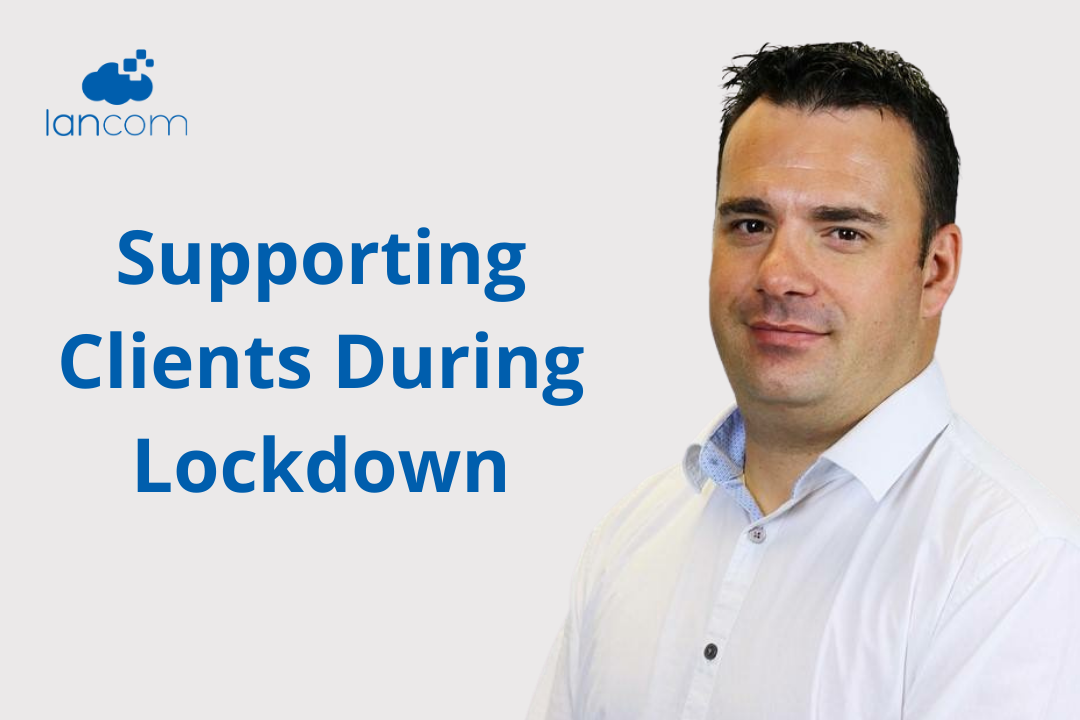![]() Running a small to medium-sized business is a constant juggle between getting the work in, getting it done and getting paid. Even for SMEs in the thick of the digital economy, the focus is (understandably) about doing core business, not on IT.
Running a small to medium-sized business is a constant juggle between getting the work in, getting it done and getting paid. Even for SMEs in the thick of the digital economy, the focus is (understandably) about doing core business, not on IT.
Which means once the initial systems are set up, they only get another look when something goes wrong, or if a new person joins the team.
While this approach is fine so long as the headcount is within the designed limits of the system, its static and reactive nature means little thought is given to how IT can be used to stay competitive over time.
Whether it's competitive developments in the IT marketplace, or the growth of a business, there comes a point where your business needs to take a serious look at the IT setup and make some calls about the 'next phase'.
The obvious questions are: how do you know when you're at that point, and what are the options available?
Knowing when it's time to change
Stepping up to the next level of IT is a performance and competitive issue as much as a headcount one. The trick is being able to see whether you are suffering while you're 'living inside' your IT ecosystem. Simply growing out of the designed system size (either with the number of users or locations), is one obvious pointer. Here are a few others:
- Your IT is beggining to run slower, or slower than you'd like
- You're getting complaints from staff (or even worse, from customers!)
- You can't do things with your IT you'd like to be able to do
- A competitor is doing things you can't match, or better
- Problems occur that can't be clearly explained
- Security and redundancy aren't sitting with best practice or compliance.
Sound familiar? Check out the options
if these issues strike a chord, there are a number of actions you can take. They are:
1. Leave things as they are
Holding out with what you've got is definitely the easiest and cheapest option. If your business runs close to the line, you'll always want to consider sticking with the status quo. Who knows? In the short term, it could be okay.
But leave it too long and those small recurring issues will build into an avalanche of problems. A continually patched-up IT setup will eventually hold your business back. Simply adding users, and then more users to an already-strained system will make it slower and more failure-prone for everyone.
Over time, this 'technology debt' will take your business further from its goals by being more costly to fix – in terms of up-front expenses and opportunity cost.
If most IT management time is spent reactively just to keep things running, you can be pretty sure it is not helping your business get ahead. The question is, how far is it leaving you behind? (and the answer is different for every business).
2. Staffing up internally
Already have internal IT staff? Adding personnel might seem logical. The advantages are that the IT function stays in-house, with someone always close by who has knowledge of the setup.
But to take your IT capability to 'the next level' may require completely re-looking at the way things are done. From the systems and processes, to the approach taken toward them. Ask yourself if the current team is up to the job - or if they need some help.
In all likelihood the latter will be the case. If so, new personnel will be required, with specialisations that complement the ones you already have. Only then will you have the full suite of skills needed – from the day-to-day operations through to the strategic and pro-active thinking. That’s going to be expensive.
3. Outsource to a IT Managed Services Provider (MSP)
Outsourcing the IT function can be the best solution for growing SMEs as it provides cost-effective access to the full suite of skills necessary to keep your business 'IT competitive' (without footing the bill for a full-time team).
Outsourcing also allows your business to draw on the MSP’s experience. It should offer a proven track record of delivering best practice solutions to real-world challenges, with a standardised set of processes and systems that can be fine-tuned for the specific needs of your business, rather than having to build them from scratch.
The right MSP should be able to evaluate your IT needs based on business goals, not just your current situation, to build a system that'll make you competitive and keep you there even as your business develops.
And because they can deliver performance, security and stability to your company now and for the future, you can confidently focus on doing business. And not keeping the IT lights on.






